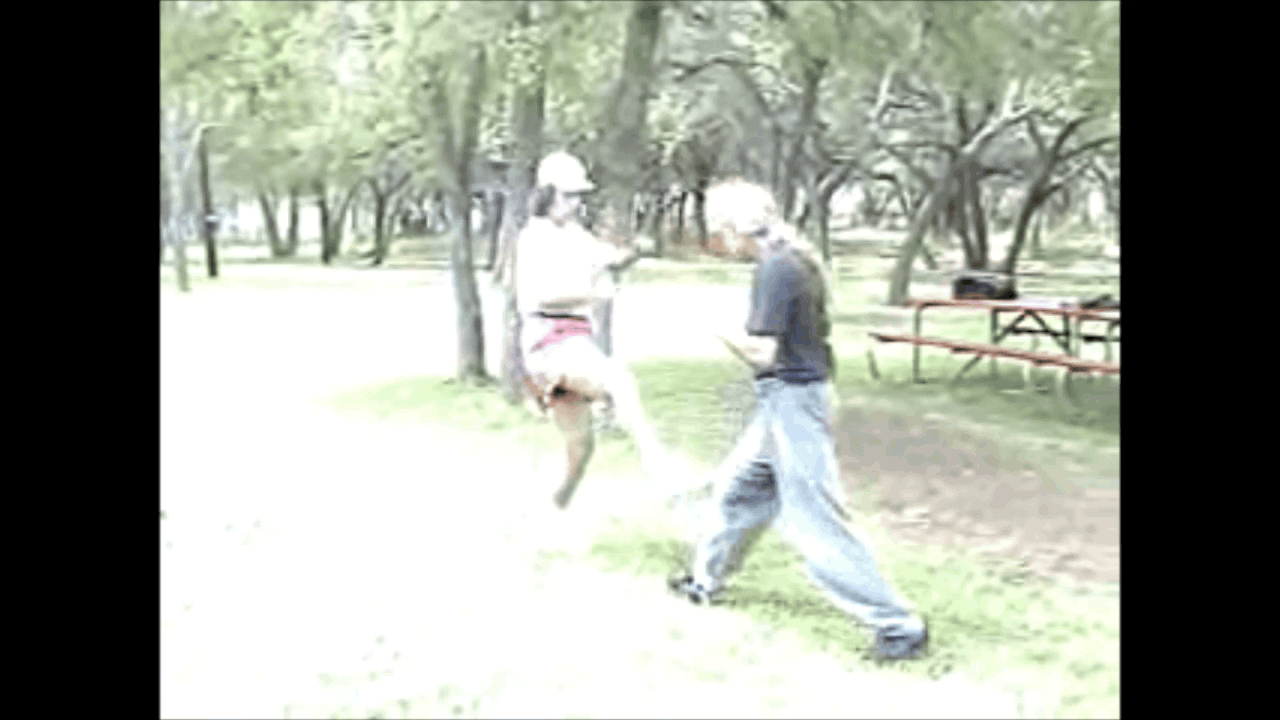I may look this from a different angle.Whether the strike hits or not, the body should be balanced and controlled over the feet at the end of the technique.
After a punch and your pull your punch back, your pulling process may help you to set up your next move. When you pull, your legs should ready step in, and your center of gravity may have already shifted forward in front of your base.
In other words, if you train form in a non-stop continuous way, your mind is already thinking about striking art and throwing art integration. When you pull your punch back, it's the time that you move in and enter.

Last edited:

